On an uncharacteristically cool morning in August, I follow Devon Latte into a back alley off Main Street, behind the Acorn restaurant where he is the head chef. He walks into an urban garden in the alley where he grows fresh flowers.
He picks some for the evening’s dinner service — most of the edible flowers he uses in his dishes are grown here. He uses them as a garnish on food, he steeps them in milk and he pickles and stores them in mason jars.
For now, he’s picking his flowers and placing them in an airtight container lined with a damp paper towel. They keep best this way, he says, as they’re easily perishable. They can stay fresh in the fridge for four to six days.
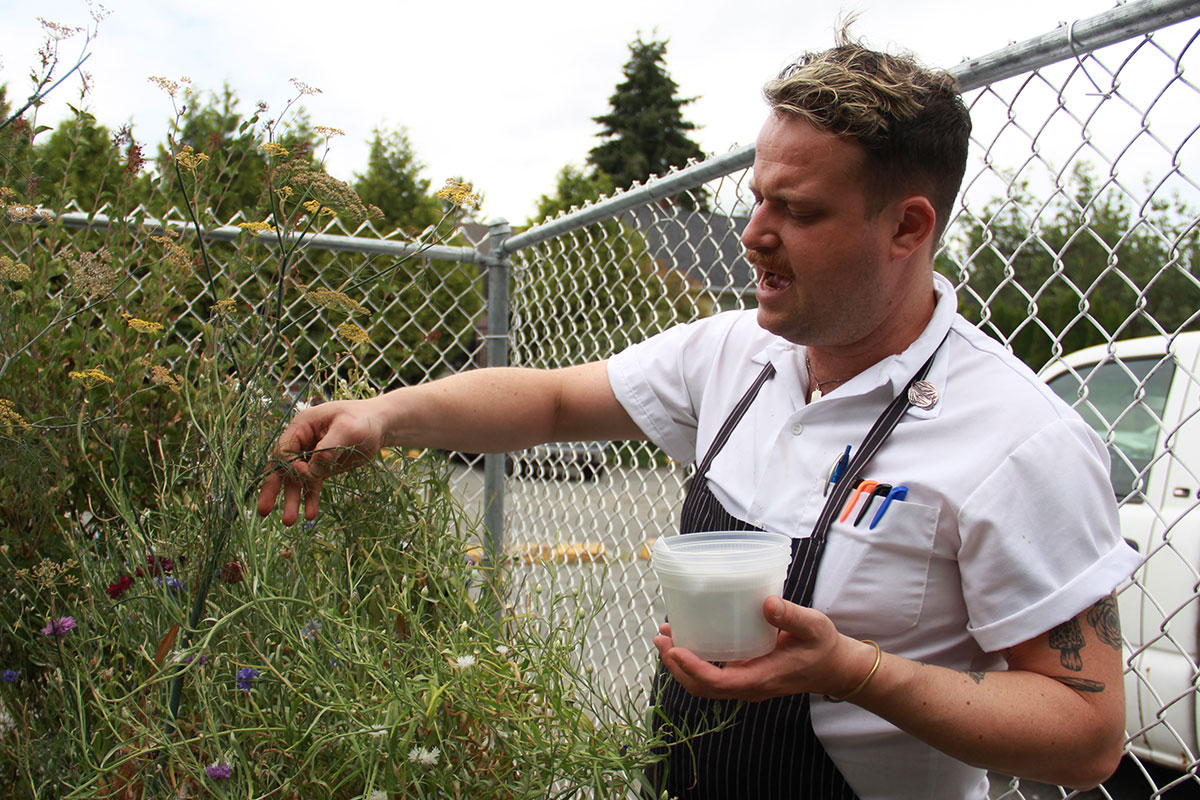
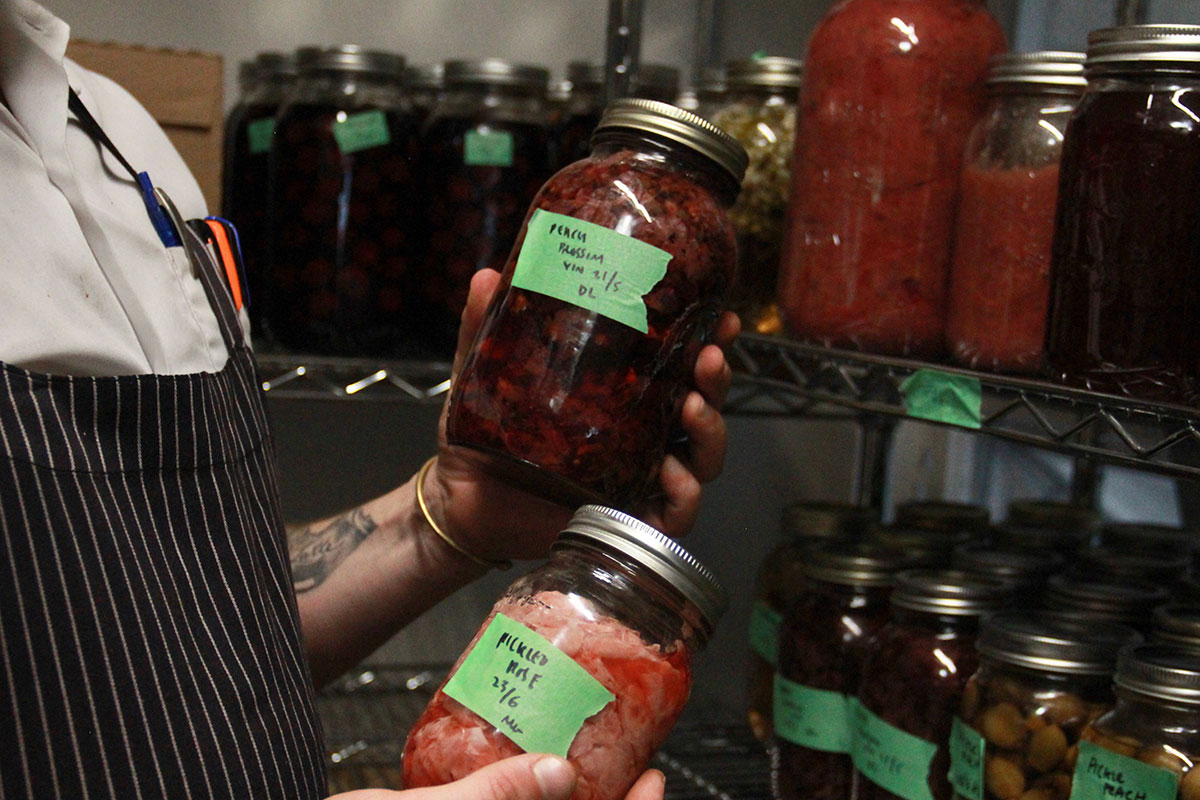
In the 1970s and 1980s, many food magazines featured recipes with edible flowers like dandelion and elderberry wines, which contributed to their popularity in the culinary scene.
But flowers have been considered a tasty ingredient in cuisines throughout the world for centuries. Cooking with edible flowers dates back to Roman times, and it was popular during Queen Victoria's reign too.
Edible flowers are now part of a trend that is gradually returning with the rise of what’s called gastronomic styling, or the art of arranging food on a plate. You’ve probably seen flowers in a dish or dessert prepared by contemporary chefs.
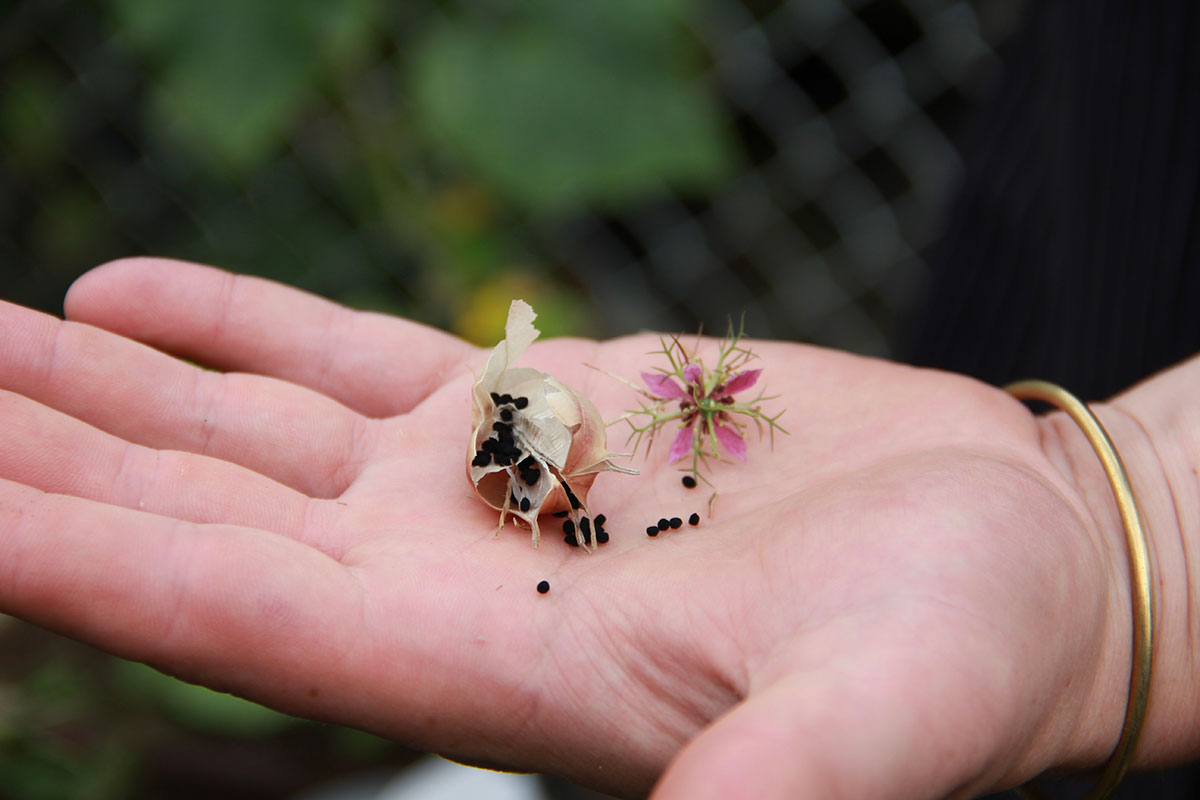
While edible flowers are often associated with fine dining and wedding cakes, misunderstood as a lovely but flavourless garnish, they have more range than that. There are flowers that we eat without thinking that they are flowers, like broccoli, cauliflower or artichoke. And many people don't know that there’s a wide variety of flavours that can be grown right in their backyards.
There are edible plants that I thought were weeds in my own garden — I certainly wouldn't have eaten them if I didn’t know they were edible.
I live in a garden suite with a large backyard, which our landlord expects us to maintain. When our mower broke this summer, I noticed some native species. There are dandelions, wild mint flowers (which I only noticed when I heard our neighbour steals them to make mojitos), watercress and bedstraws growing in and around our front yard.
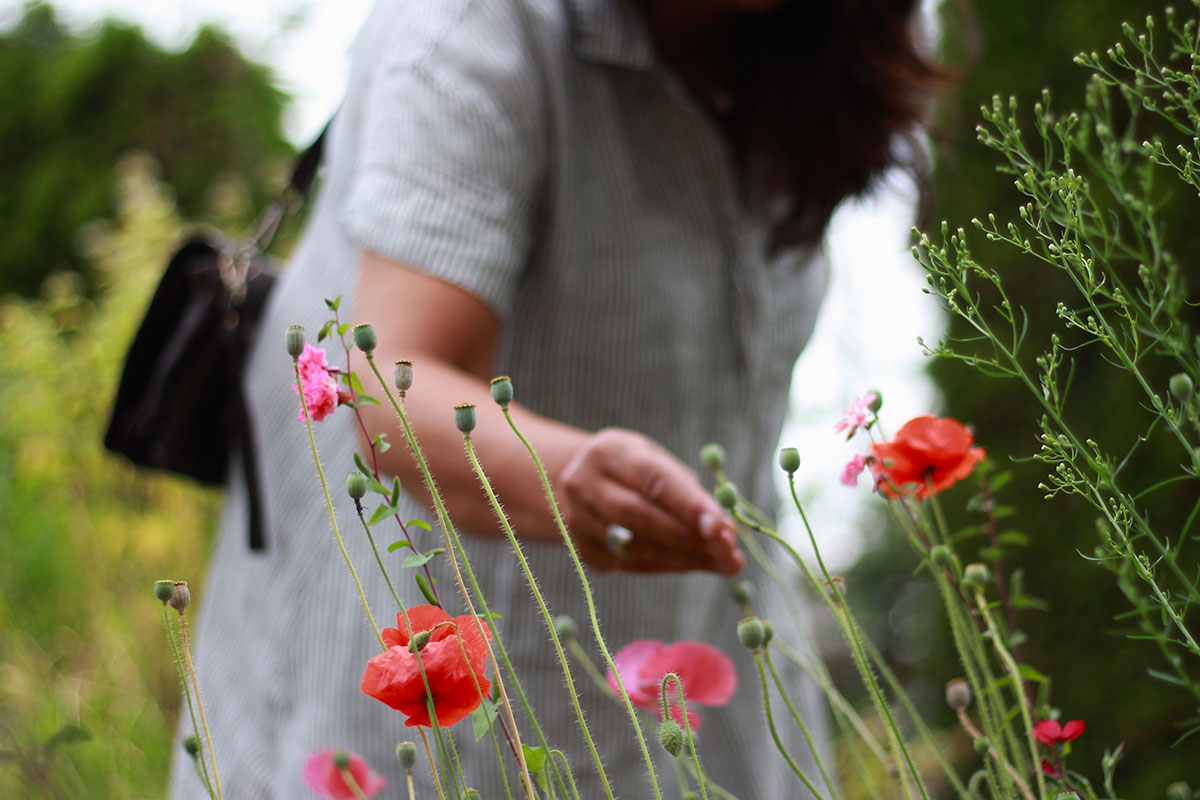
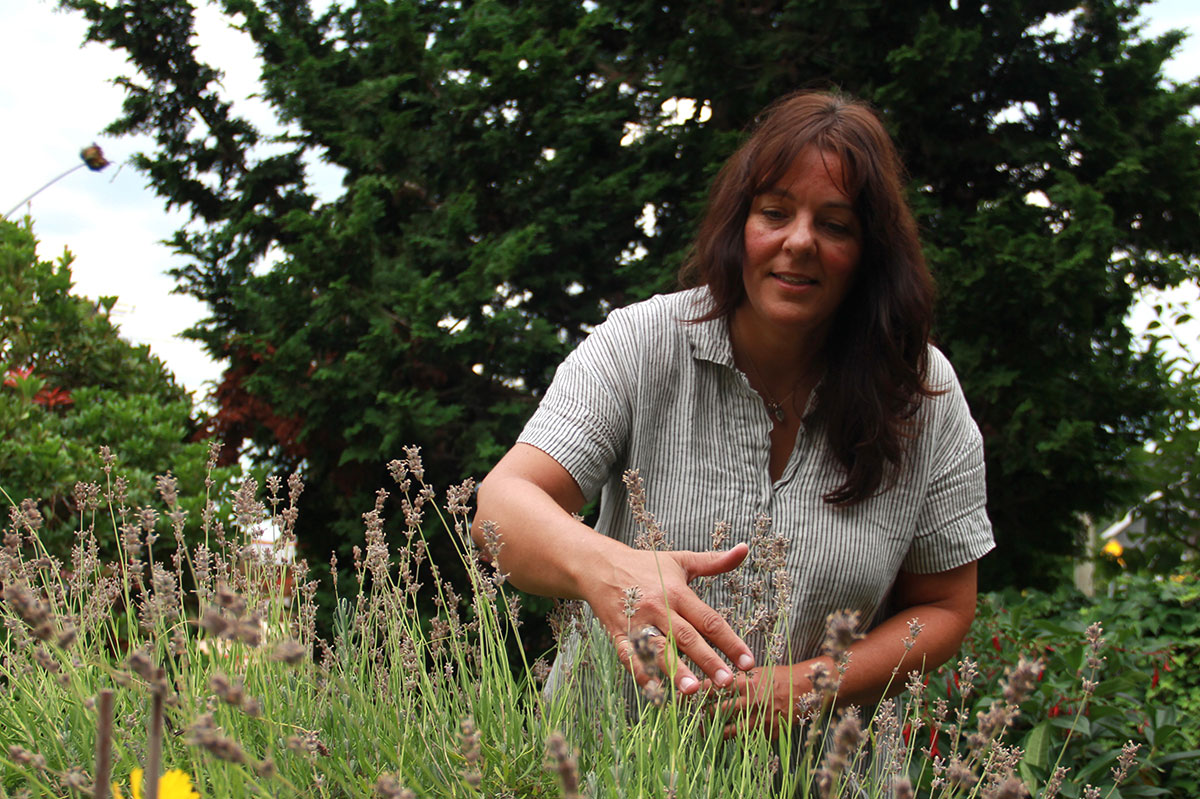
When Geneviève Blanchet moved into her new house near the North Shore mountains, there was a garden. But it worked for the eyes, not the stomach. “Ornaments are great but it's better if you can eat them,” she says.
Today, Blanchet grows wild edible flowers in her garden. “I can just throw the seeds and let nature do what it has to do,” she says. She grew up foraging wild plants and harvesting fruits and vegetables as a child in Quebec. She runs the Le Meadow's Pantry, a small enterprise specializing in handcrafted preserves and vinegars. Her background in holistic nutrition and herbalism has helped her learn to incorporate botanicals in Le Meadow’s jams and vinegars allowing her to “preserve flavours of each season.”
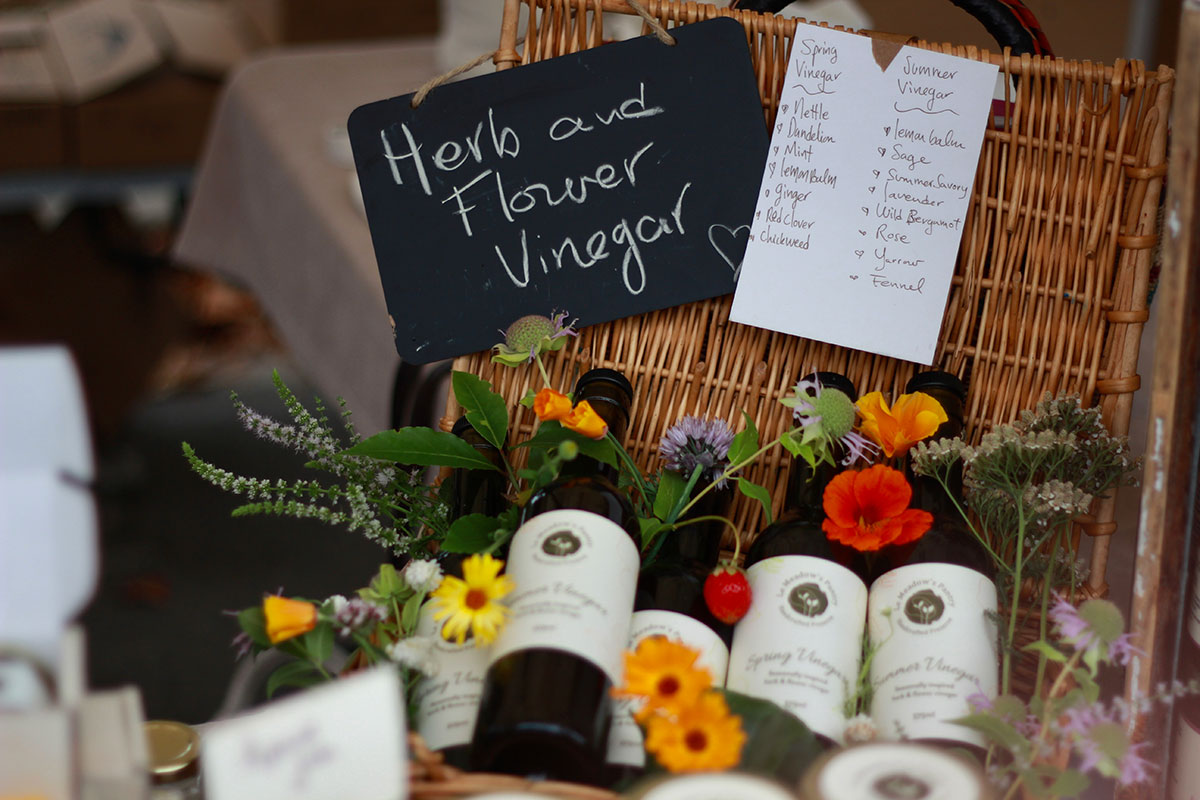
What’s good to eat in our own backyards
In nature, there are many wild, easily identifiable edible flowers. Among the best known in the Lower Mainland: elderberry, dandelion, watercress, bedstraw and daisies.
But it's important to remember that not all flowers are edible. Sampling unknown flowers, especially when you're foraging, can make you sick.
A citizen-science app called Seek by iNaturalist can help you identify flowers in your garden or elsewhere. It can be used for identifying plants, insects, birds, animals and more — kind of like Shazam but for flora and fauna.
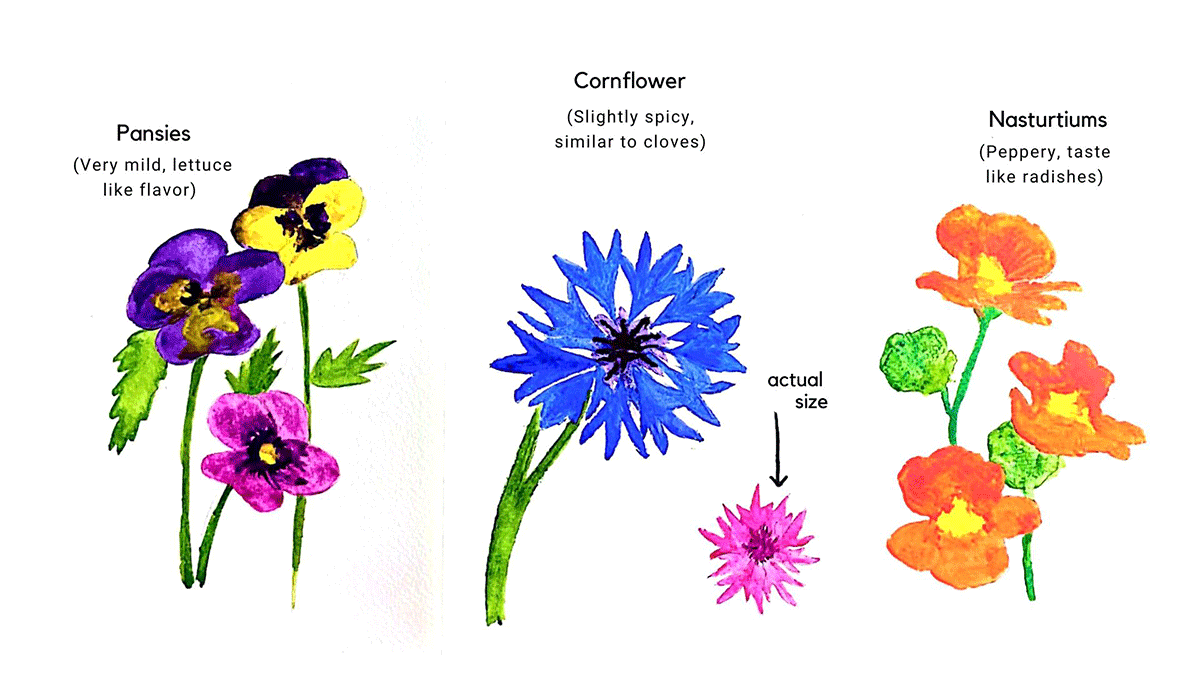
How to grow edible flowers, and how to use them
Since there are fewer vendors in the city offering them, it may be easier to grow edible flowers on your own. They can be grown in your backyard or on your windowsill — they don't need a lot of space.
Nasturtiums, commonly grown in Vancouver, are one of the easiest plants to grow in a pot.
“Starting from seed is the best, so you know what’s going into the plant from germination onward,” says Kimberlee Tyler, a nursery supervisor at Maple Leaf Garden Centre in West Vancouver.
She recommends purchasing seedlings that are labelled and sold as edible plants — not the regular bedding plants as they can be treated with growth hormones.
Edible flowers can be used in everyday salads or on pizzas. Arugula flowers, for example, are very similar to their slightly spicy leaves. Calendula, sometimes used as a substitute for saffron, has a citrusy, bitter flavour and is also great in salads.
Pansies are mild and sweet in taste and commonly used as edible garnish or for making jellies.
Flowers can also be added to baked goods, like cookies and doughnuts, as well as teas to go with them. Some, like Blanchet of Le Meadow's Pantry, use or infuse them in vinegar or oils.
Zucchini squash blossoms can be fried, tempura-style, or stuffed with ricotta and herbs. What you do with edible flowers depends on the type of flower and flavour you like.
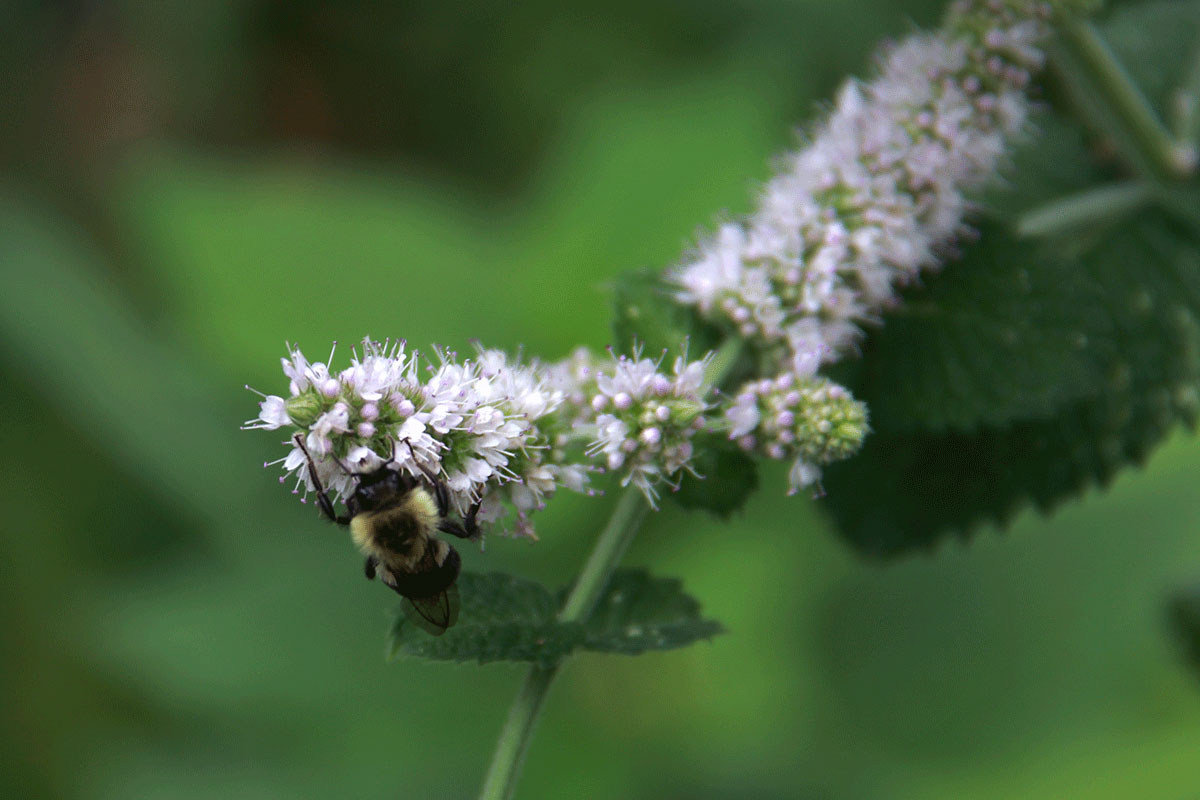
A good time to sow seeds is in late fall or early spring. Flowers attract pollinators like bees that transfer pollen and seeds from one flower to another and fertilize the plant so it can grow and produce food. One in every three bites of the food we eat comes indirectly or directly from honeybee pollination.
Back in my yard, I can see how our mint blossoms are a hit with the bees. By this time of year, the mint has grown out of control, but the bees love the late summer blossoms. I’m reminded of what Lori Weidenhammer told us on a “bee safari” at the Riley Park Community Garden a few weeks ago. “Our bees are resilient, as long as we plant flowers for them they usually figure it out,” she said.
I watch the bees bumble in the blossoms and notice a beautiful symbiosis. The blossoms nourish the bees — important, since some species are endangered in B.C. — and the blossoms nourish me. ![]()
Read more: Food




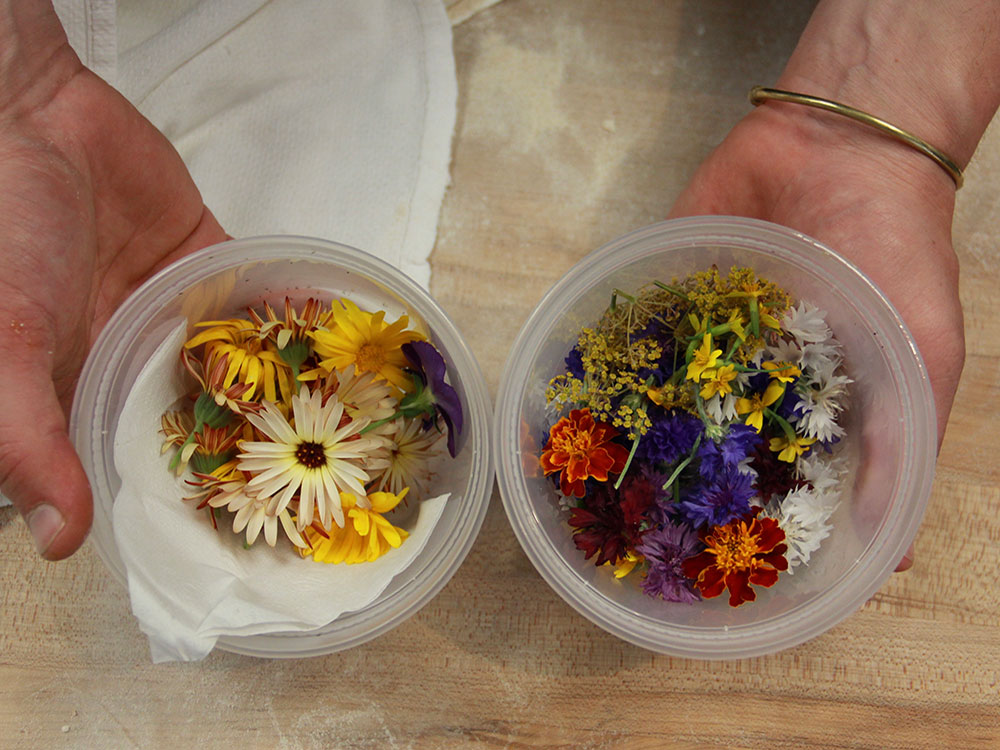












Tyee Commenting Guidelines
Comments that violate guidelines risk being deleted, and violations may result in a temporary or permanent user ban. Maintain the spirit of good conversation to stay in the discussion.
*Please note The Tyee is not a forum for spreading misinformation about COVID-19, denying its existence or minimizing its risk to public health.
Do:
Do not: